

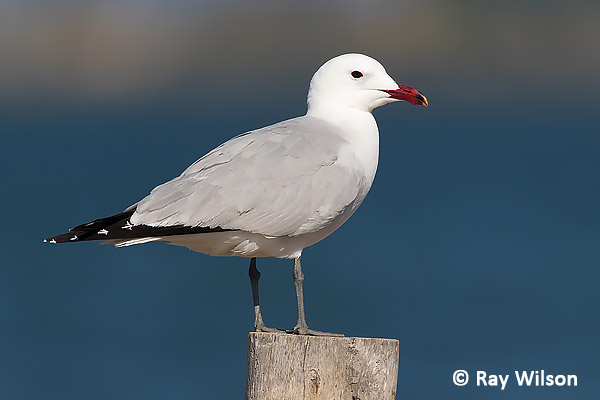
Audouin's Gull has been one of Europe's most successful conservation stories. In 1975 the global population was estimated to be only 1000 pairs, but a combination of the provision of protected areas in their Spanish breeding grounds and discarded fish from fishing trawlers has resulted in a rapid increase in their population to an estimated 64000-67000 individuals in 2015. Although they are no longer faced with extinction, they are still highly dependent on continued conservation support with more than 90% of the European population breeding at just 4 sites in Spain. Over two thirds of these breed at the Ebro Delta.
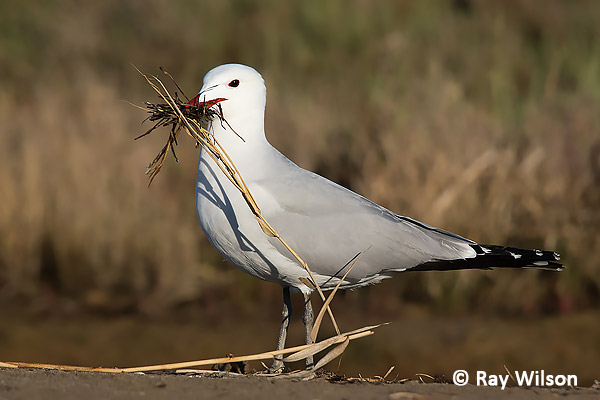
Possibly another reason for their population increase over the last 40 years is a change in their feeding habits. Traditionally, they have been a predominately pelagic-foraging species who relied on cluperiform fish (herring, sardines, etc.) as their main source of food, usually foraging at night to exploit the daily vertical migration habits of these species. With the explosion in numbers of the invasive North American Red Swamp Crayfish (Procambarus clarkii) in northeastern Spain over the last few decades, however, many Audouin's Gulls have switched their foraging habits to take advantage of this new, abundant food source.
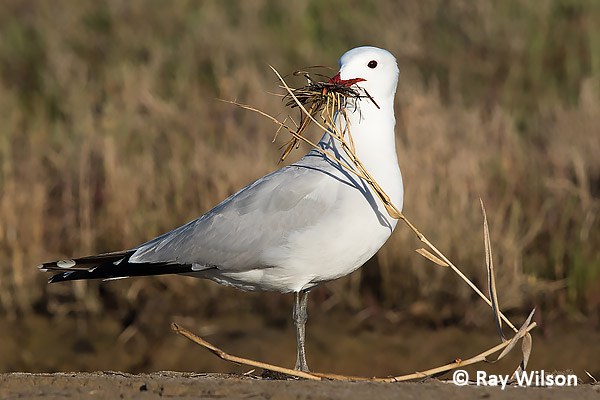
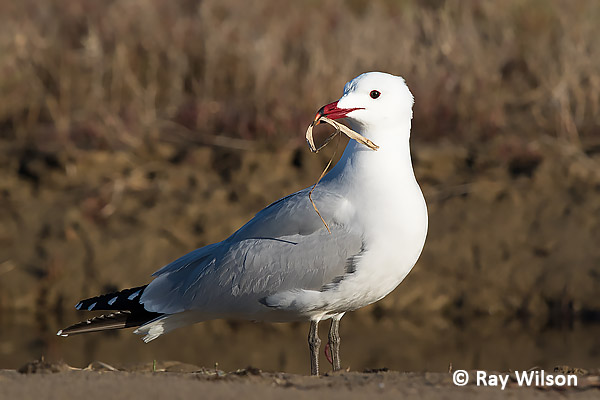
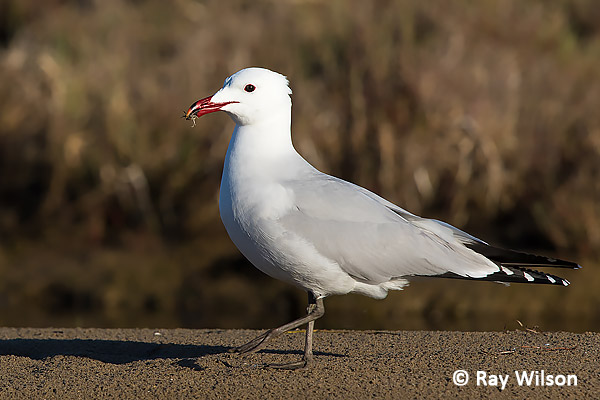
Ray Wilson owns the copyright of all images on this site.
They may not be used or copied in any form without prior written permission.
raywilsonphotography@googlemail.com